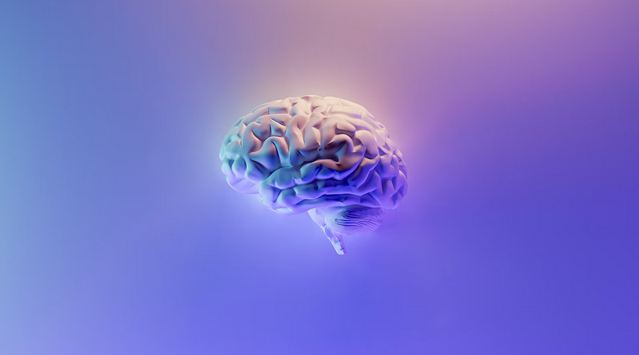A study by researchers at the University of Oxford, Cambridge University, and Barts and the London School of Medicine and Dentistry demonstrates the potential of a novel gene therapy method to silence human sensory neurons, offering a promising alternative to addictive drugs for chronic pain treatment. Findings of the “A humanized chemogenetic system inhibits murine pain-related behavior and hyperactivity in human sensory neurons,” study have been published in Science Translational Medicine.
Chemogenetics can dampen neural excitability
Chemogenetics refers to a technique in which molecules responsible for regulating neuronal excitation are modified to exclusively activate in the presence of a harmless pharmaceutical substance. This method has demonstrated potential in dampening neuronal excitability in animal-based research, highlighting its efficacy in such applications.
Jimena Perez-Sanchez and colleagues, including Steven Middleton, have demonstrated a promising chemogenetic approach applicable to humans. They expressed the PSAM4-GlyR gene, a chemogenetic system utilizing human protein receptors, in mouse sensory neurons. By using the clinically approved drug varenicline to activate PSAM4-GlyR, they successfully inhibited sensory neurons and alleviated pain hypersensitivity typically associated with conditions like arthritis or nerve injury in mice.
Subsequently, the investigators proceeded to engage the PSAM4-GlyR mechanism within sensory neurons originating from an individual afflicted with erythromelalgia, a medical condition marked by intense burning sensations. Their observations indicated that this action subdued the neurons and rectified their heightened activity levels.
Focusing on the pain pathway makes it possible to circumvent addictive properties
David Bennett, a Professor in Neurology and Neurobiology, and Jimena Perez-Sanchez, a postdoctoral researcher affiliated with the Nuffield Department of Clinical Neurosciences, said that this milestone involves the effective modulation of overactive nerve fibers, a crucial element in the pain signaling network. By concentrating efforts on this pivotal component of the pain pathway, it becomes possible to circumvent the addictive properties often associated with conventional pain-relief medications, including opioids.
While additional confirmation in human pain models remains necessary, the findings indicate that the heightened excitability of sensory neurons plays a pivotal role in enduring pain resulting from arthritis or nervous system injuries. The study underscores the prospective applicability of modifying human protein receptors as a means to address pain-related issues.


